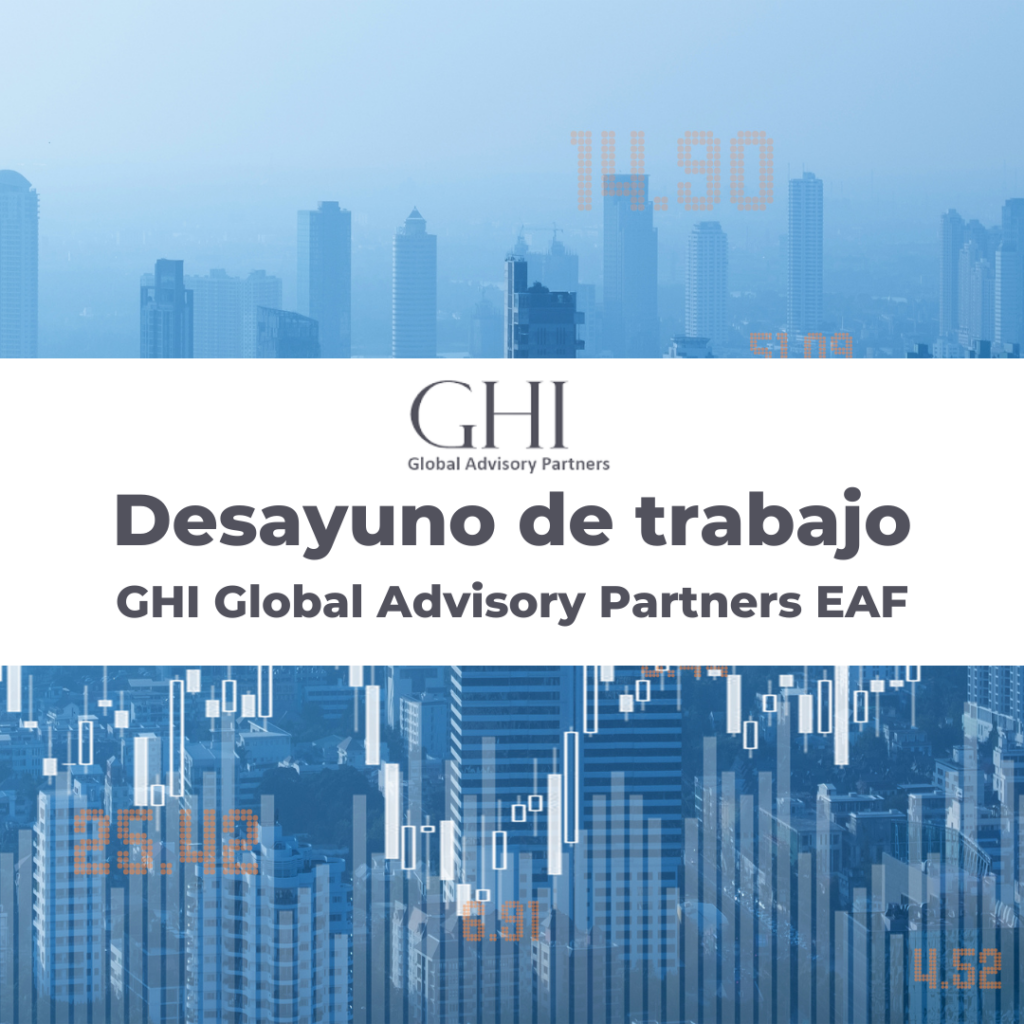Desayuno de trabajo organizado por GHI Global Advisory Partners EAF
Nuevo desayuno de trabajo organizado por GHI Global Advisory Partners EAF, para presentar a Ed Butchart, Doctor en Economía por Oxford y CIO Mercados Emergentes de Kepler Partners, que describirá las oportunidades que él y su equipo están viendo en dichos mercados.
Dicho desayuno tendrá lugar en sus oficinas el próximo 24 de mayo a las 9h00, (Serrano 8. 2a planta izda). En este momento disponen de 10 plazas disponibles.
El equipo de Mercados Emergentes de Kepler gestiona los fondos KLS Corinium Emerging Markets All Weather (estrategia direccional con un nivel de exposición y coberturas que varían de acuerdo con el entorno de mercado y la visión macro del CIO) y KLS Corinium Emerging Markets Equity (estrategia «Long-Only).
Para confirmar asistencia por favor escribe un email a comunicacion@aseafi.es
Adjuntamos un ejemplo de «Chart of the Month» que publica de manera periódica el equipo de Mercados Emergentes.
Emerging Markets – Chart of the Month
The ‘Friendshoring’ Theme
US Imports from Mexico and China, 12M Rolling Sum ($bn)
Source: Kepler Partners
· In the immediate years after the 1994 NAFTA deal the US comfortably imported more from Mexico than it did from China. But then China joined the WTO in late 2001 and within just a few years its exports to the US were handily outstripping those from Mexico.
· Lately, however, there are some signs that the gap is closing. Our Chart of the Month shows that Mexican exports are now almost 30% ahead of pre-Covid levels. American imports from China are now only 15% higher than those from Mexico.
· Might the gap close even further? Might the US soon be importing more from Mexico than from China?
· At first sight, it is hard to imagine. Mexico has been consistently held back by a lack of skilled labour, poor infrastructure and shallow local supply networks. There is an obvious problem with organised crime, and the dirigisme of President Lopez-Obrador certainly hasn’t helped business confidence.
· Yet wage differentials are increasingly in Mexico’s favour. Average wages have risen strongly in China over the last few years and at roughly $1,400 per month are now well above the $400 level that prevails in Mexico.
· Even more pertinently, geopolitics and the deteriorating Sino-American relationship have the potential to profoundly change how multinationals think about supply chains. Now all the talk is of ‘nearshoring’ or ‘friendshoring’.
· A recent note from Morgan Stanley estimated that this trend could potentially boost Mexican exports to the US by $155bn over the next five years. That assumes continued growth in existing export clusters such as electronics, machinery and automotive, plus the establishment of new hubs in sectors such as tech hardware.
· That export boost, and the potential $50bn investment associated with it, has the capacity to be deeply impactful within Mexico’s $1.3trn economy. It is one of the reasons why we think Mexico, hitherto a somewhat sluggish grower, has the potential to be one of the more interesting investment opportunities in EM over the coming decade.
· We were struck by recent comments from Banorte, the Mexican bank we hold in our portfolios, observing that the ‘nearshoring’ theme was really starting to play out at ground level. They are busily involved in financing the construction of industrial parks, for example.
· More broadly, they saw stronger than expected commercial borrowing demand last year, as private sector investment began to firm up in response to nearshoring opportunities, and they think their commercial loan book could grow at twice its historical rate in the coming years.
· Investors with portfolios as heavily skewed to China as manufacturing supply chains have hitherto been would do well to also consider diversifying a little into Mexico.

Detalles
Coste de entrada: evento gratuito
Dirección
- Serrano 8. 2a planta izda